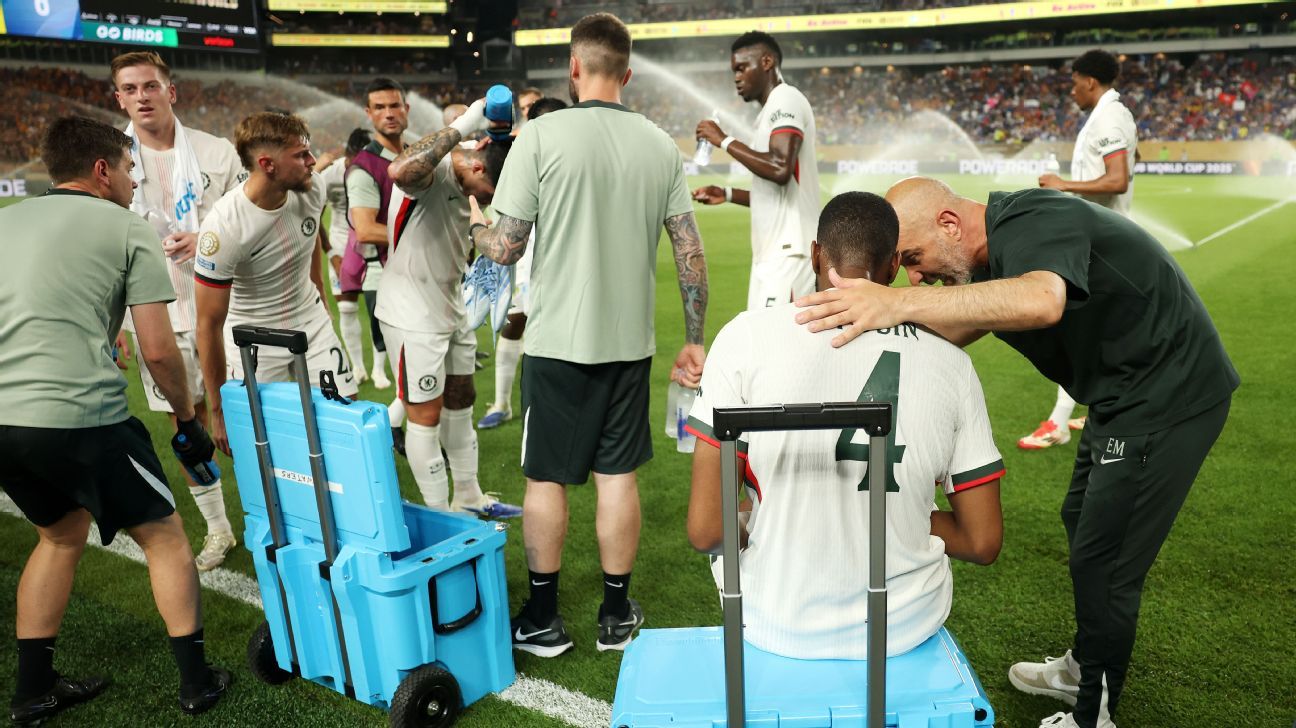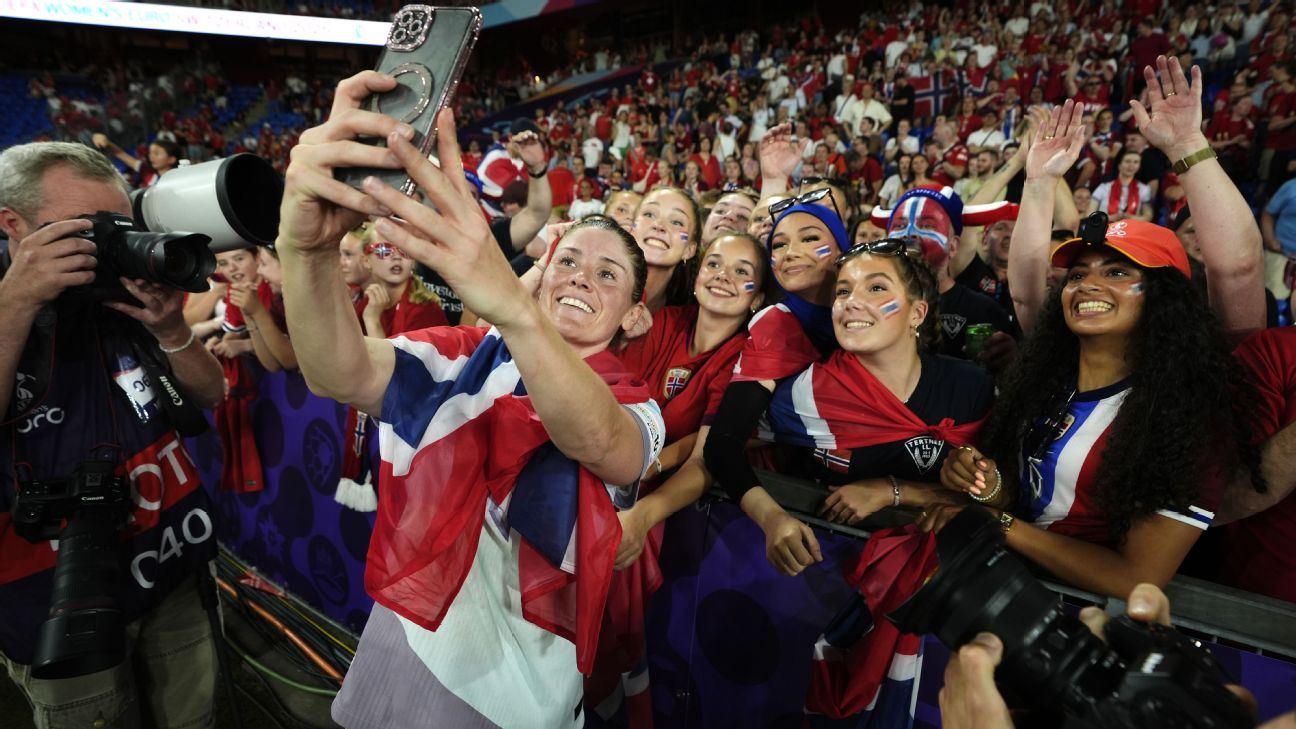Concerns Over Stadium Conditions Ahead of World Cup
Following the recent Club World Cup, the pitch at Mercedes-Benz Stadium in Atlanta has been deemed a “disaster.” This concern is amplified by the fact that five venues used during the tournament—Lumen Field, Hard Rock Stadium, MetLife Stadium, Philadelphia’s Lincoln Financial Field, and the aforementioned Mercedes-Benz Stadium—are set to host matches during the upcoming World Cup in the summer of 2026. These NFL stadiums feature artificial turf, which does not align with FIFA’s requirement for competitions to be played on natural grass.
The trial phase for FIFA’s hybrid grass surfaces included transporting Bermuda grass in refrigerated trucks overnight to address the quality issues. However, many players voiced their discomfort due to extreme temperatures, and the roofs of certain stadiums have made it challenging to grow and maintain real grass due to the lack of natural sunlight. Out of the 16 venues scheduled for next summer, four—Atlanta, Dallas, Houston, and Vancouver—have roofs.
“We will take the lessons learned from this tournament into 2026,” stated Blair Christensen, the pitch manager at MetLife Stadium, upon the conclusion of the event. “The team I work with has greatly improved in just 35 days, and we aim to carry that forward to next year.” — James Olley
Player Readiness and Ongoing Seasons
The 2025 Club World Cup brought together 32 teams worldwide, competing under intense conditions, including high temperatures and extensive travel across the United States. Many teams had to play on temporary pitches, replacing artificial grass in some locations.
While MLS players benefited from the ongoing 2025 season and were generally fresher, having an off-season from early December to late February, other teams faced the challenge of competing shortly after exhaustive campaigns. The four Brazilian clubs—Flamengo, Palmeiras, Fluminense, and Botafogo—each played over 70 matches, while Chelsea and Manchester City participated in 57 games in total. This fatigue was evident in the performance levels, resulting in forced substitutions, injury concerns, and at times, a noticeable drop in the quality of play.
As MLS teams resume their regular season and European clubs gear up for the 2025-26 campaign, the players are left with little time to rest before the crucial lead-up to the 2026 World Cup. The lack of a significant summer break raises concerns about balancing injury prevention with the desire to perform well and secure spots on national teams. The long-term effects of participating in this tournament may only become apparent as players begin the new season. — Lizzy Becherano



